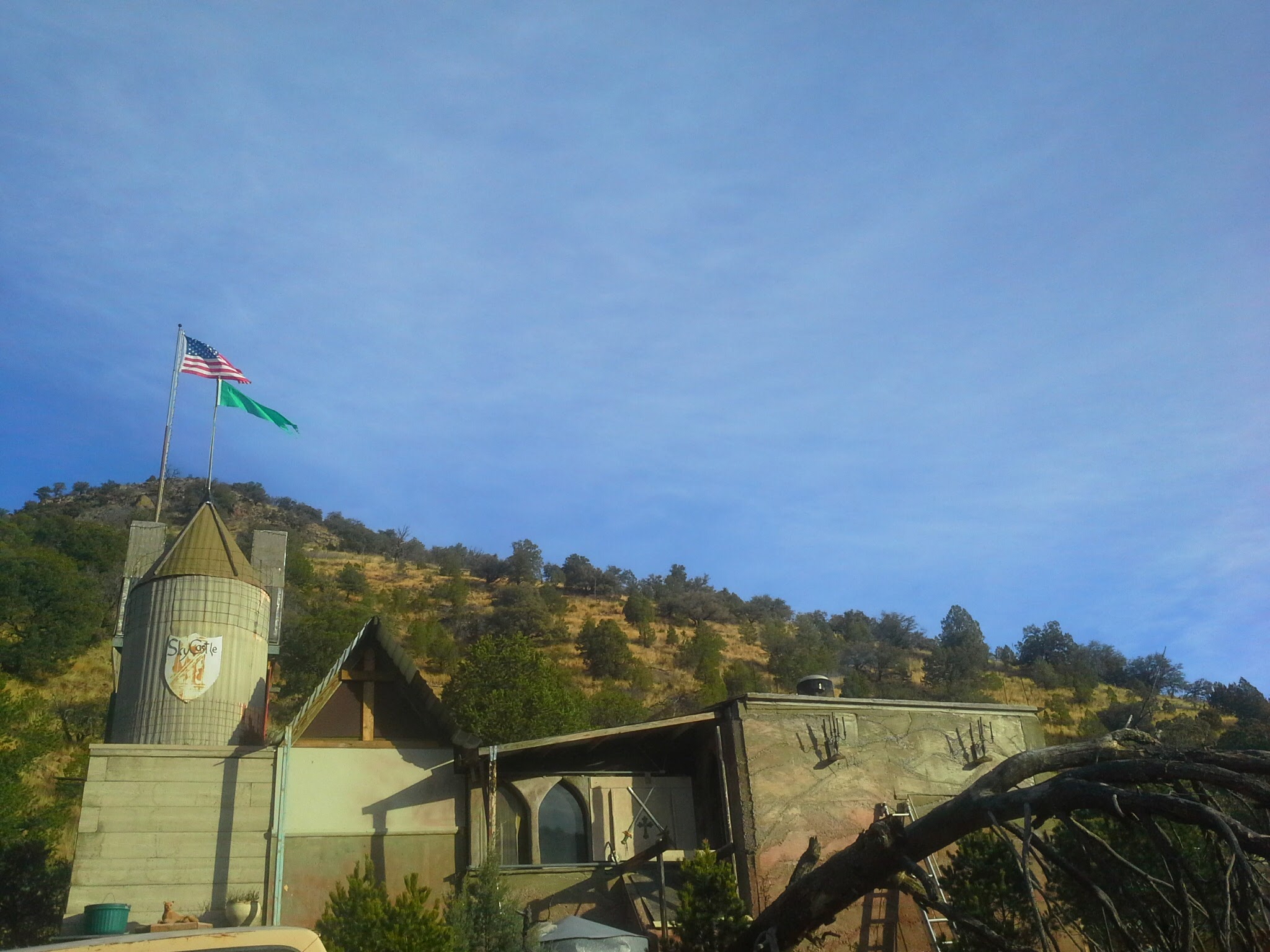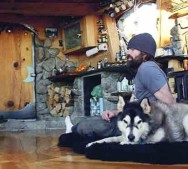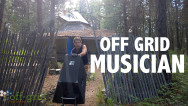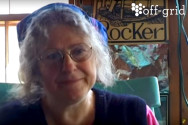Kentucky Congressman Thomas Massie lives off the grid with his family, on a cattle farm in a solar-powered home he built himself. He commutes to Washington, where he serves on three committees.
Massie was born in Huntington, West Virginia. He grew up in Vanceburg, Kentucky, and met his future wife, Rhonda. He earned a bachelor’s degree in electrical engineering and a master’s degree in mechanical engineering from Massachusetts Institute of Technology.[3]
In 1993, at MIT, he and his wife started a company called SensAble Devices Inc.[4][5] Massie was the winner in 1995 of the $30,000 Lemelson-MIT Student Prize for inventors.[3] The company was re-incorporated as SensAble Technologies, Inc., in 1996 after partner Bill Aulet joined the company.[4] They raised $32 million of venture capital, had 24 different patents, and 70 other employees.[6]
Massie sold the company, and he and his wife moved back to their hometown in Lewis County.
Last year and the year before, he forced a vote on an appropriations bill to prevent government forcing companies to install back doors in their products. He’s most pessimistic about the national debt and the fact that when interest rates return to normal levels, the country will be paying up to a trillion dollars a year to service its debt. That’s bigger than the military budget.
Second-term RepublicAn congressman Massie may be the staunchest defender of liberty most people have never heard of. The Massachusetts institute of Technology grad recently gave an interview to Reason TV:
Q: What makes you optimistic?
A: Technology and innovation and the human spirit to improve our own lives. You know my background as an engineer. I have 29 patents. I’ve invented things. And when people say, “Will our children be better off than we were?”…I say, “Yes, but it’s going to be due to the engineers, not the politicians.”
Q: What are the most important votes coming up for a libertarian-leaning Republican?
A: I think we can force some votes on the privacy issue. Last year and the year before, I forced a vote on an appropriations bill to shut down government forcing companies to install back doors in their products. That amendment was attached to an appropriations bill that got thrown away and then an omnibus was later done. But it’s important to get the votes, because then you can see where the congressmen stand.
Q: In a recent Republican debate, all the candidates were like, “Apple should unlock that phone [belonging to one of the San Bernardino terrorists] and be done with it.” What did you think of that?
A: I’m sad. Now that Rand is out of the race, the libertarian voice is gone. And I think it’s also untethered some of [the remaining] candidates to become more neocon-ish.
Q: In terms of the presidential race, what’s the best outcome?
A: I’m really pessimistic. I don’t think there is a good outcome …
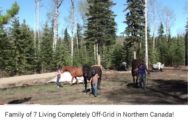
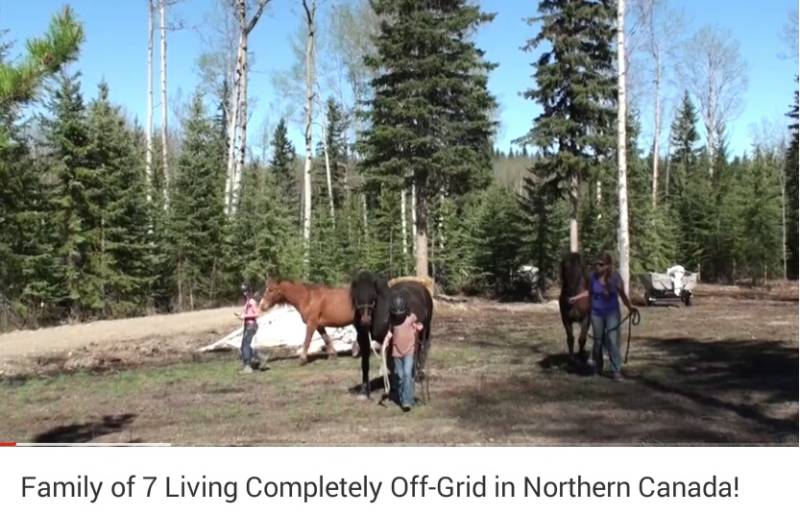
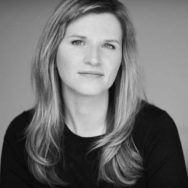
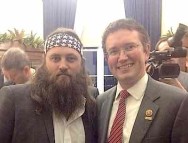
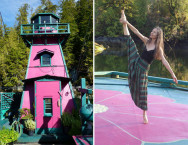
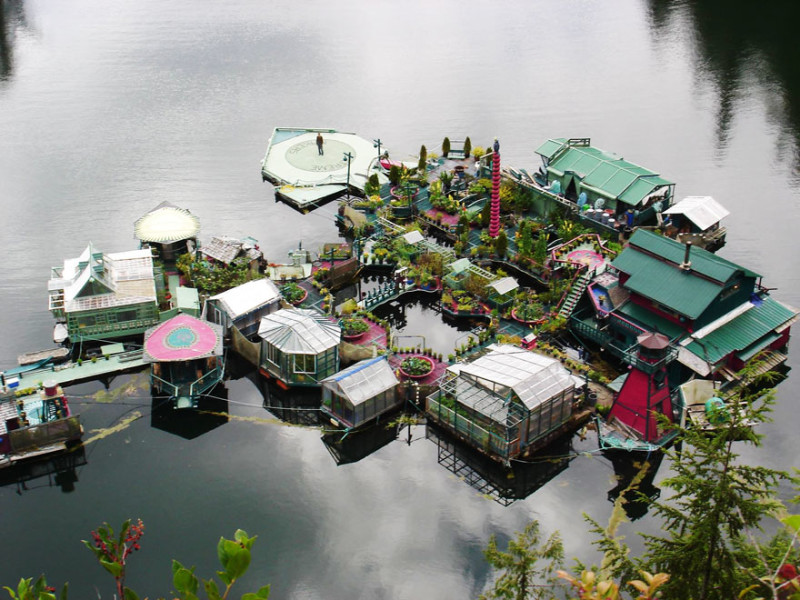
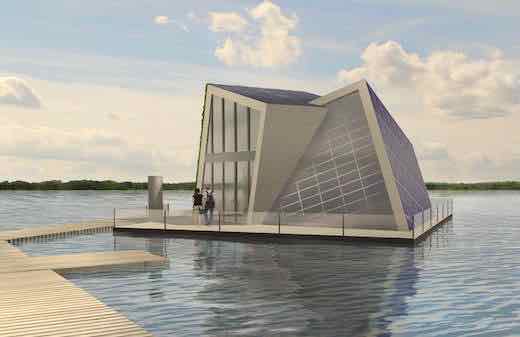
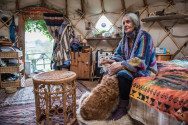
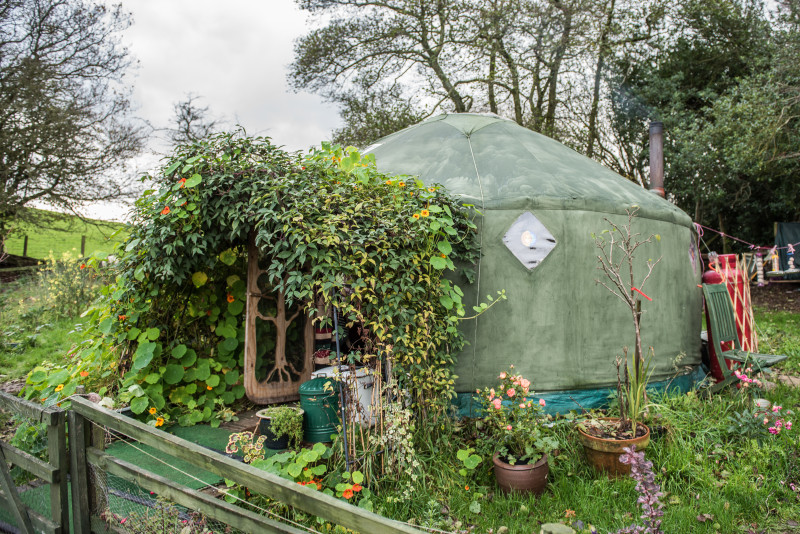
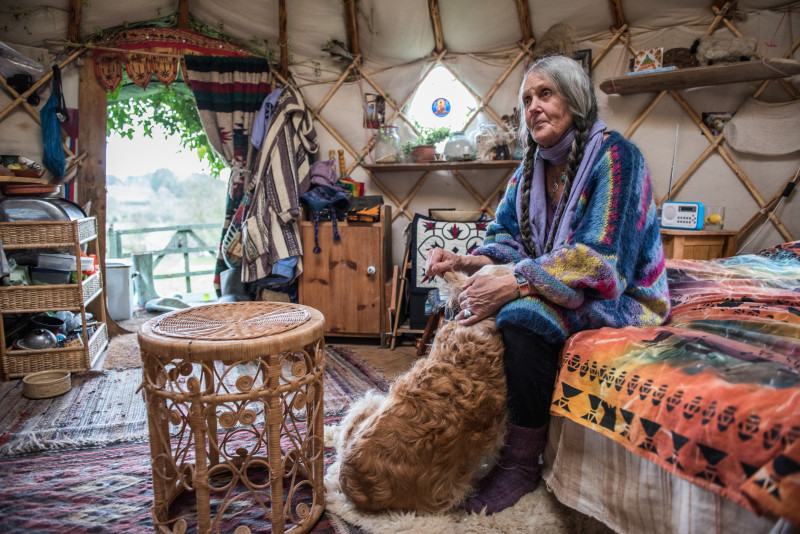
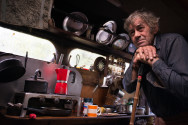
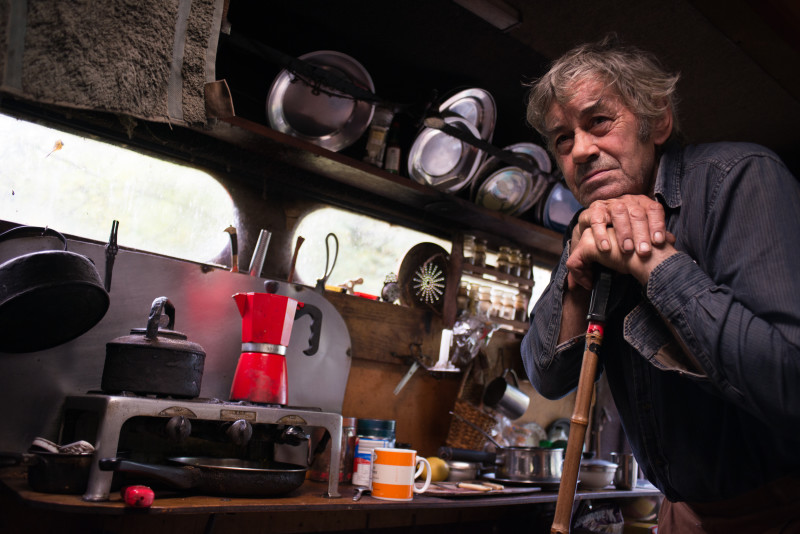 Bob is a blacksmith living in a van within wooded area owned by friends, just outside of a small village in Mid Wales. He’s lived there for over 10 years.
Bob is a blacksmith living in a van within wooded area owned by friends, just outside of a small village in Mid Wales. He’s lived there for over 10 years.

